Evidence-Based Policing Matrix
Individuals – McCold & Wachtel (1998)
Study Reference:
Location in the Matrix; Methodological Rigor; Outcome:
Individuals; General; Reactive; Very rigorous; Mixed effects
What police practice or strategy was examined?
This study examines family group conferencing, an aspect of restorative justice that attempts to deal more effectively with young offenders by diverting them from court and involving their extended families and victims in interactions to discuss and address their offenses. Twenty full-time police officers were trained to conduct conferences.
How was the intervention evaluated?
Over an 18-month period, first-time juvenile offenders arrested for selected misdemeanor and summary violent offenses and property crimes were randomly assigned (within each crime category) to formal adjudication or to a diversionary restorative policing conference. The effect of the program was measured through surveys of victims, offenders, and offenders’ parents. Additional data was obtained from direct observations of conferences and review of official police and court records.
What were the key findings?
While participant satisfaction and perceptions of the fairness of the conferencing exceeded 96%, the recidivism results are mixed. Violent offenders participating in conferences had lower rearrest rates than violent offenders declining to participate, but this was not true of property offenders. Lower recidivism among conference participants was more a function of the offender’s choice to participate than the effects of the conferencing itself.
What were the implications for law enforcement?
Police-facilitated restorative conferences produced participant satisfaction and perceptions of fairness at least as high as other restorative justice programs and the courts. Yet, the impact of conferences may only be seen for certain crime types, and also based on the willingness of individuals to participate.
Where can I find more information about this intervention, similar types of intervention, or related studies?
